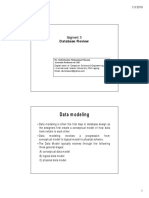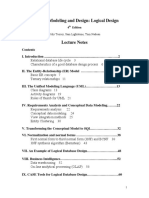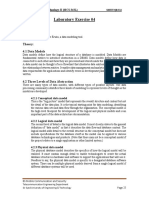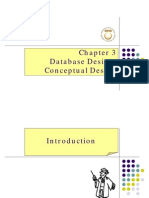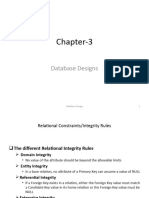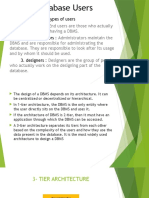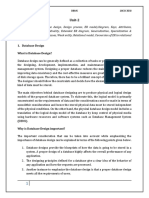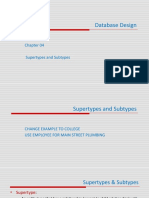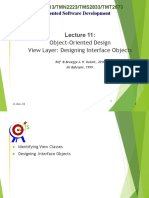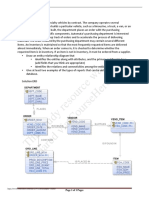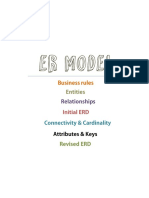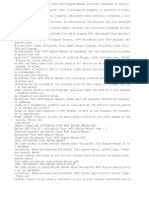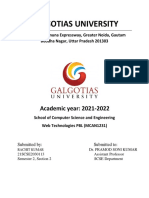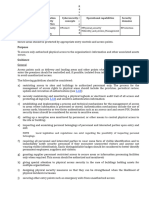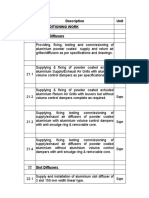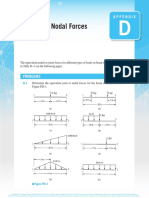0% found this document useful (0 votes)
152 views34 pages04 Data Modeling Advanced Concepts
The primary key is the combination of the STUDENT_ID and CLASS_ID attributes. This represents a composite primary key since it uses multiple attributes to uniquely identify each row in the relationship table.
Uploaded by
Sharifah AmizaCopyright
© © All Rights Reserved
We take content rights seriously. If you suspect this is your content, claim it here.
Available Formats
Download as PPTX, PDF, TXT or read online on Scribd
0% found this document useful (0 votes)
152 views34 pages04 Data Modeling Advanced Concepts
The primary key is the combination of the STUDENT_ID and CLASS_ID attributes. This represents a composite primary key since it uses multiple attributes to uniquely identify each row in the relationship table.
Uploaded by
Sharifah AmizaCopyright
© © All Rights Reserved
We take content rights seriously. If you suspect this is your content, claim it here.
Available Formats
Download as PPTX, PDF, TXT or read online on Scribd
/ 34







